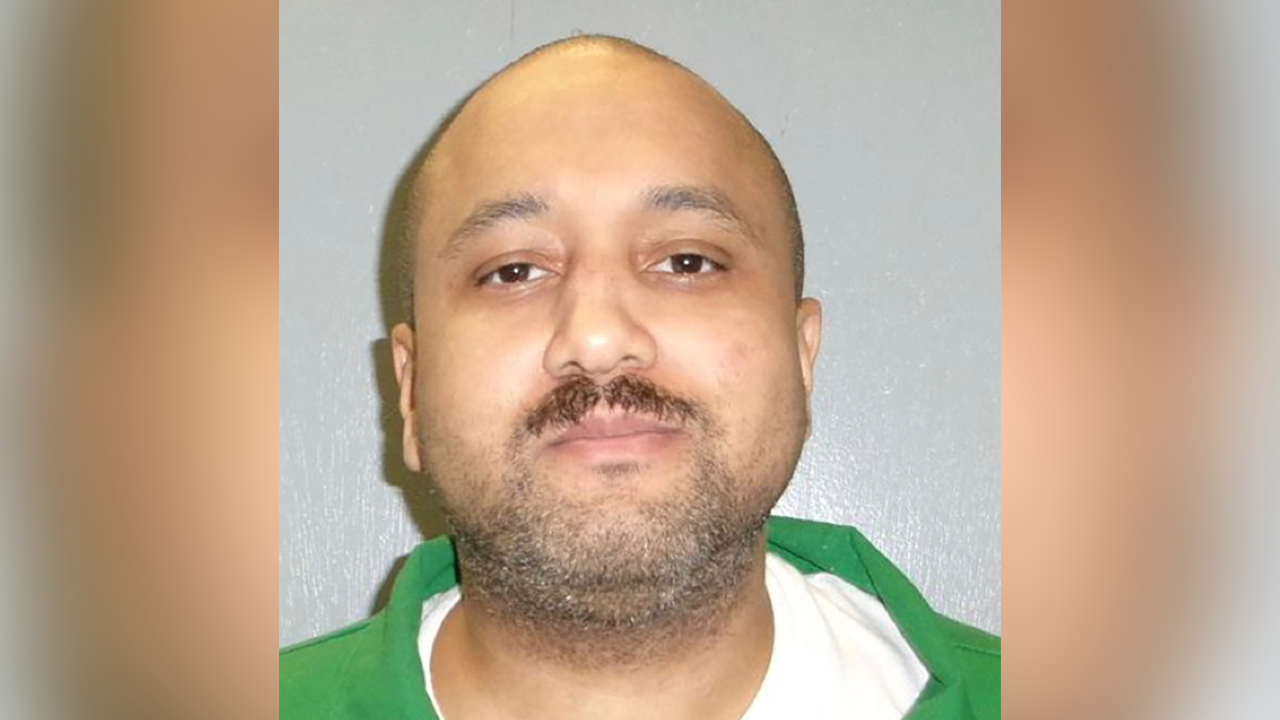What does it say about a society when the ultimate punishment is delivered in a manner so starkly reminiscent of a battlefield? The execution of Mikal Mahdi by firing squad in Columbia, South Carolina, on a recent Friday evening reignited a visceral debate about justice, retribution, and the very nature of state-sanctioned killing.
The execution, carried out at Broad River Correctional Institution just after 6 p.m., was a stark demonstration of the death penalty in action. Mahdi, 42, convicted of the 2004 murder of Captain James Myers, a police officer, had the choice of lethal injection or the electric chair, but he opted for the firing squad. This decision made him the second person in South Carolina to choose this method, which is a rare occurrence in the modern era of capital punishment.
| Full Name | Mikal Mahdi |
| Age at Execution | 42 years old |
| Date of Execution | Friday [Insert Date] |
| Location of Execution | Broad River Correctional Institution, Columbia, South Carolina |
| Conviction | Murder of Police Captain James Myers (2004) and other charges |
| Method of Execution | Firing Squad |
| Final Meal | Ribeye steak, mushroom risotto, broccoli, collard greens, cheesecake |
| Notable Facts | Second death row inmate in South Carolina to be executed by firing squad. Refused to offer remorse. |
| Victims | Captain James Myers and a convenience store clerk |
| Choice of Execution Method | Opted for firing squad over lethal injection or electric chair |
Mahdi's final act, choosing the firing squad over other methods of execution, seemed to be a deliberate statement, perhaps a reflection of the gravity of his crimes or a last defiant act against the state. Regardless of his motives, his death served as a powerful reminder of the long and often brutal history of capital punishment. The execution brought up many questions and caused a great debate.
The execution method itself, a firing squad composed of volunteer shooters, is steeped in history, a grim echo of military justice. The sight of a man facing a volley of bullets is jarring, and it raises questions about whether such a method is befitting a civilized society. Mahdi's execution came only a month after Brad Sigmon, another inmate, met the same fate in South Carolina. Sigmon was the first person to be executed in the state since the change in law that approved firing squads. The use of the firing squad is rare in the United States, and the Mahdi and Sigmon executions were the first in the country in many years.
Before his execution, it was reported that Mahdi enjoyed a final meal. This meal, including items such as ribeye steak and cheesecake, becomes a symbolic act, a final moment of life before the ultimate punishment. It added a layer of human complexity to the grim process, emphasizing the finality of the act and the irreversible nature of the penalty.
The legal proceedings leading up to the execution were also noteworthy. Appeals for clemency were denied by both the state and the U.S. Supreme Courts, solidifying the decision and leaving Mahdi with no further options. This underscored the finality of the process, ensuring the execution of justice.
The execution in South Carolina also brought attention to the broader debate over the death penalty in the United States. As officials continue to implement the death penalty, the focus is not only on the method of execution but also on the moral, ethical, and legal factors. Some argue that the death penalty is a necessary deterrent to violent crime and provides closure for victims' families, while others consider it an inhumane punishment that violates human rights.
The debate includes concerns about the possibility of executing innocent people, the disproportionate application of the death penalty based on race and socioeconomic status, and the high cost of legal proceedings associated with capital cases. Mahdi's case, like those of all people on death row, renewed arguments from many sides and in various forms.
The execution of Mikal Mahdi has brought attention to the history of the death penalty in the United States, which has a long and contentious history. It reflects how different methods of execution and various legal challenges have shaped the application of capital punishment over time.
Mahdi's case serves as a reminder of the complexities and controversies of capital punishment, raising questions about justice, retribution, and the role of the state in the ultimate act of taking a human life. The execution is likely to continue to be discussed and debated for years to come.



Detail Author:
- Name : Kailyn Bartoletti IV
- Email : morissette.betty@franecki.com
- Birthdate : 1987-06-01
- Address : 65324 Michaela Plaza Stoltenbergview, ME 30907-2944
- Phone : (360) 571-3718
- Company : Homenick-Rice
- Job : Forming Machine Operator
- Bio : Id molestias iste aut libero ut corrupti reiciendis. Molestiae aut impedit aliquid optio ab sed. Vel sint iure repellendus qui et animi dolorem. Natus dicta blanditiis et fugit ut eveniet est dolor.